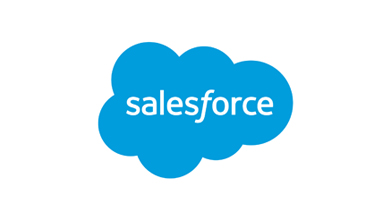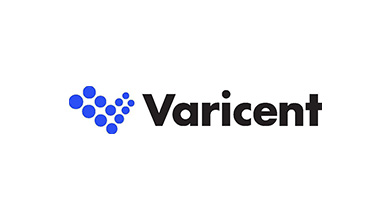How can you improve customer engagement and deliver greater economic impact amid uncertainty and disruption?
Today’s customers are better informed and more demanding than ever before. To succeed in today’s market, organizations must reimagine the products, services, and experiences they provide to customers and migrate to truly customer-centric business processes enabled by digital transformation.
KPMG Customer Advisory can help you modernize the way you acquire, retain, and grow customer relationships. Combining market-leading industry experience with functional acumen and technical know-how, we deliver greater return from your customer-focused investments. We equip savvy leaders and their teams with the perspective they need to achieve cost-effective growth.
























